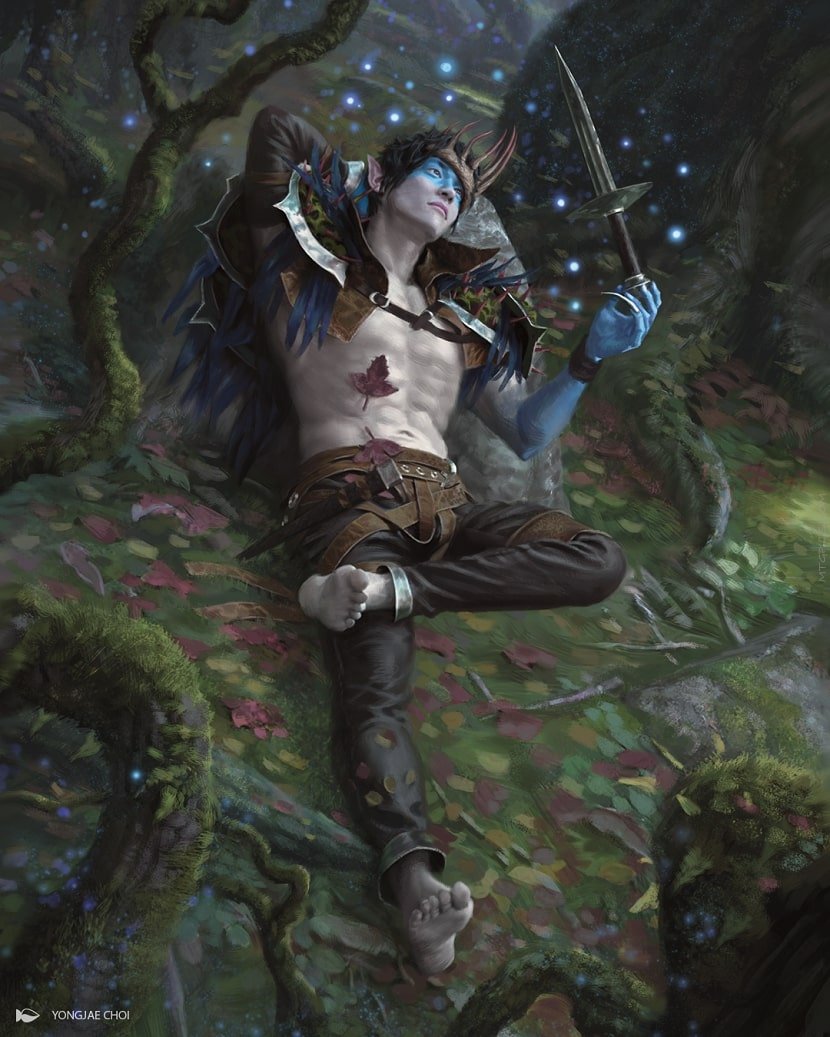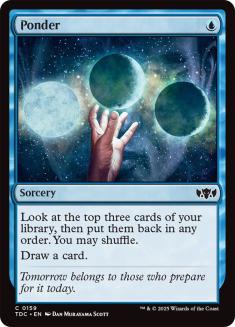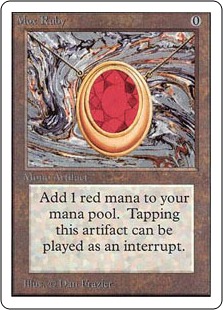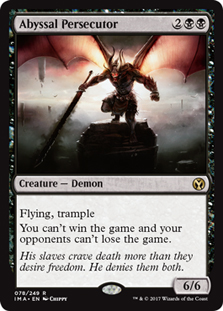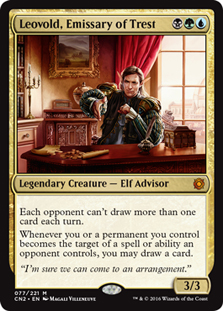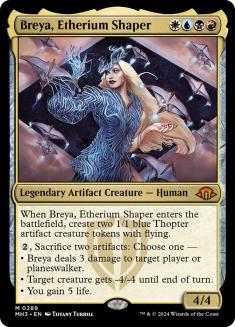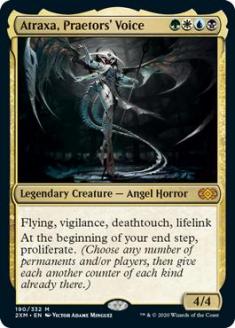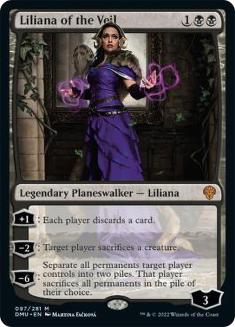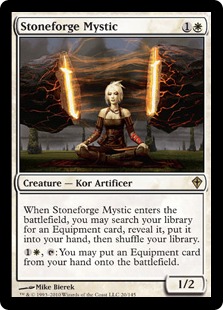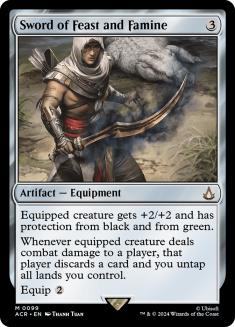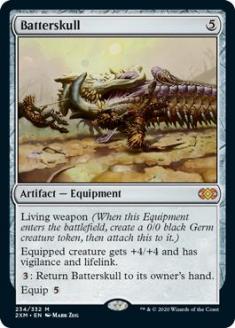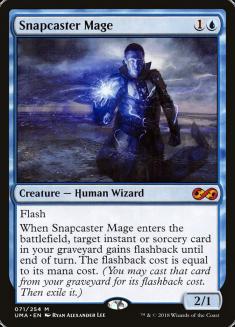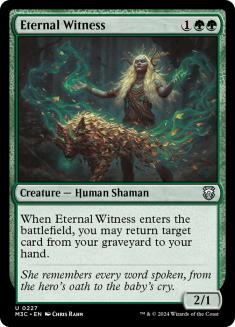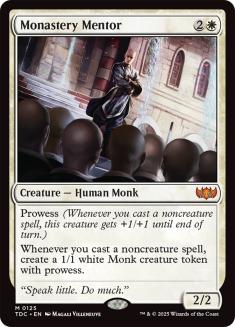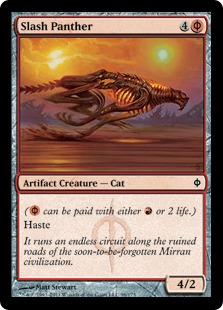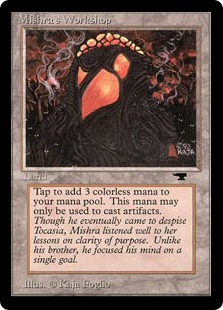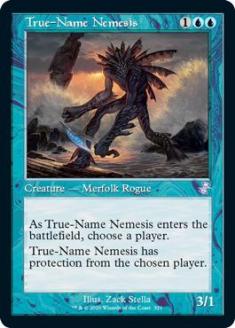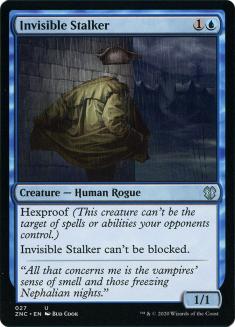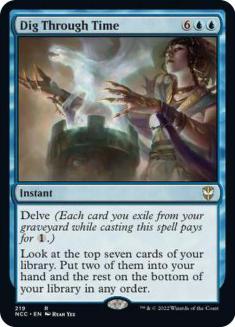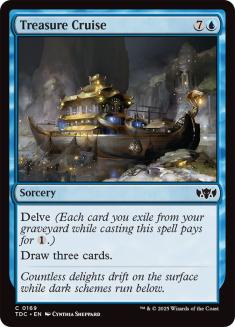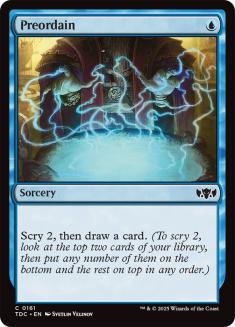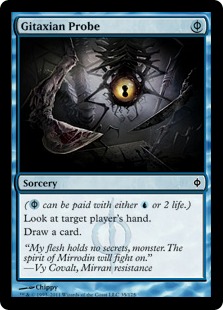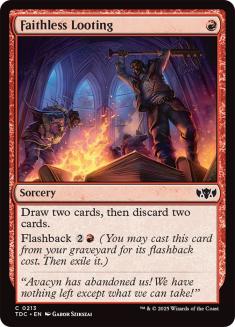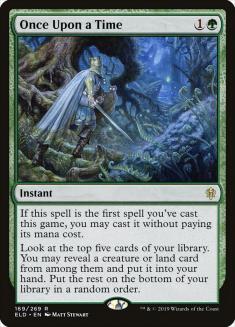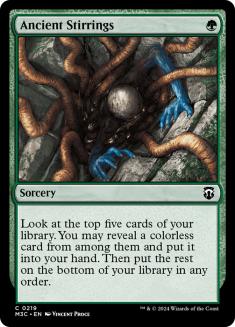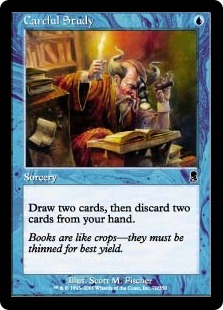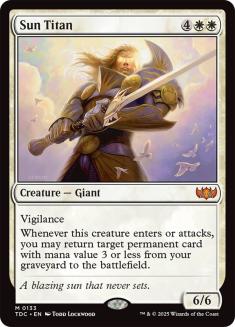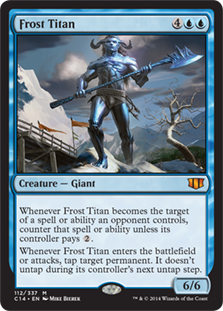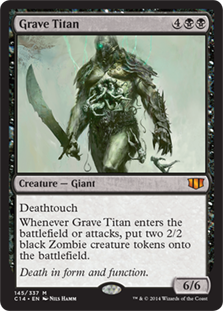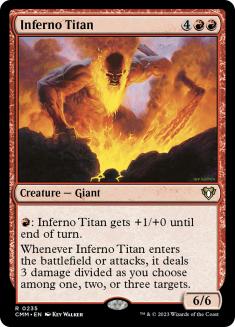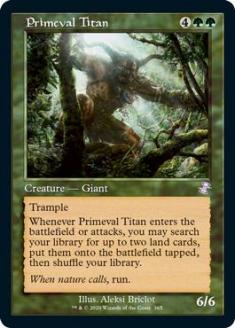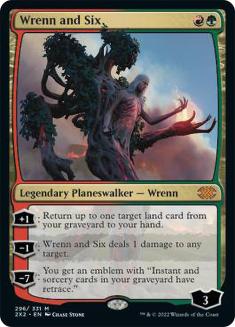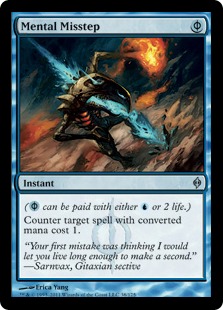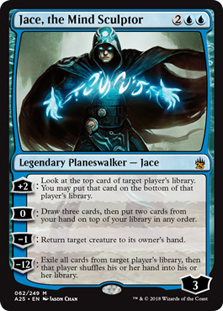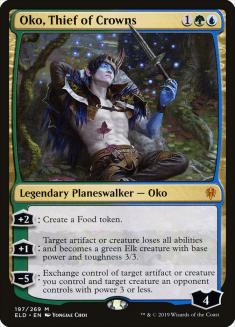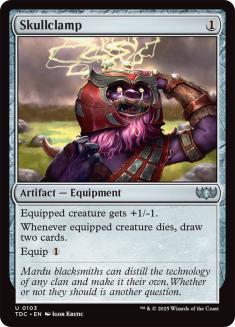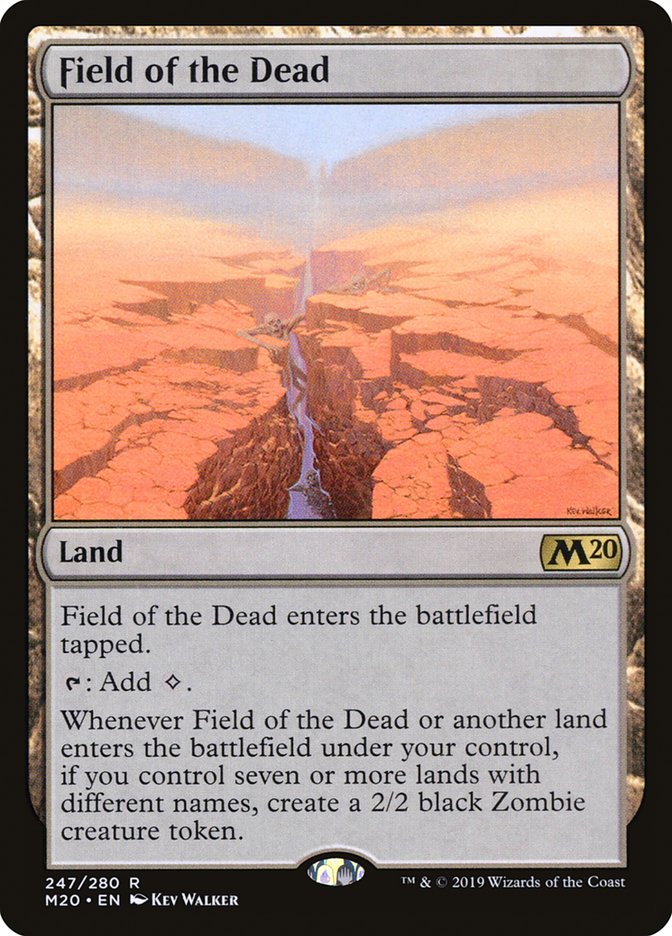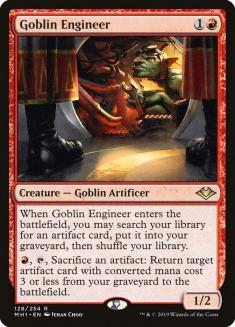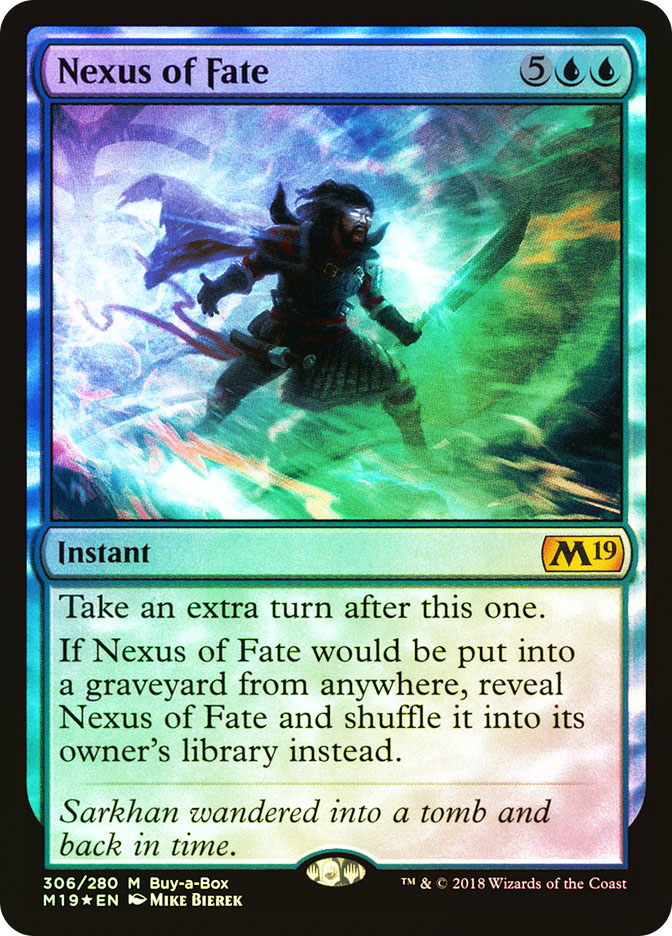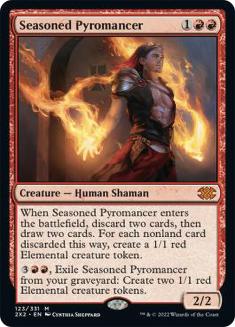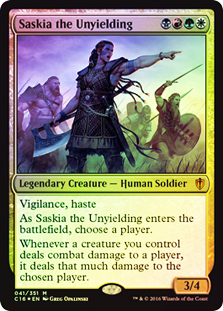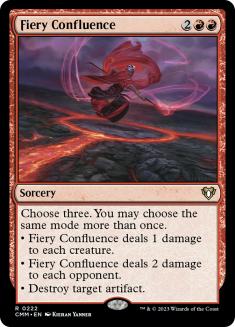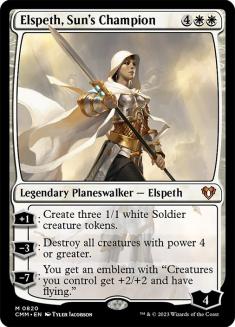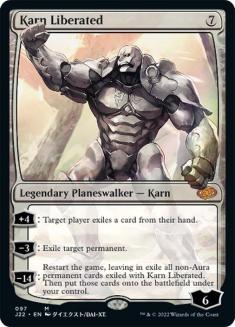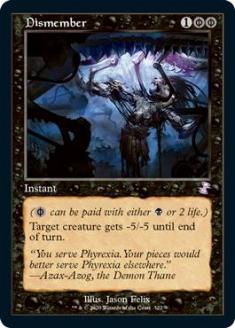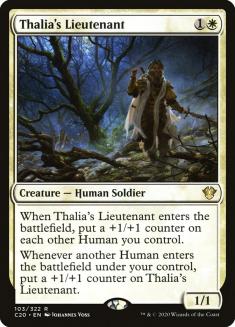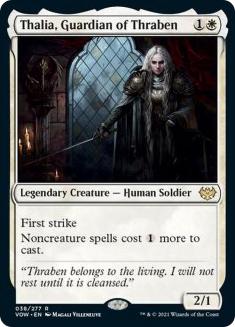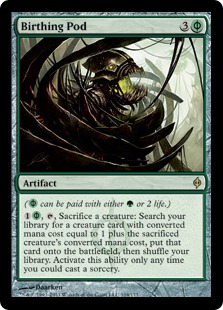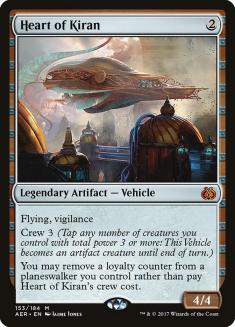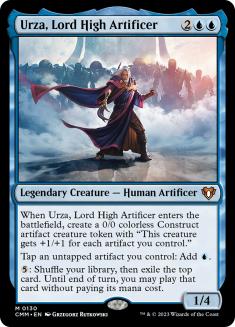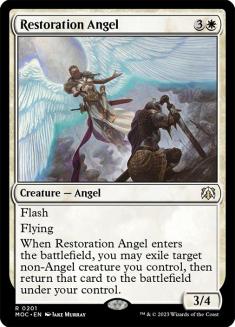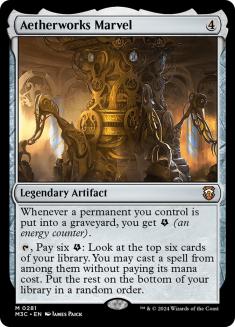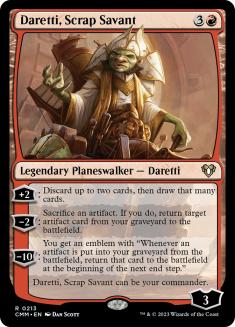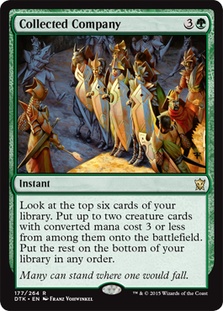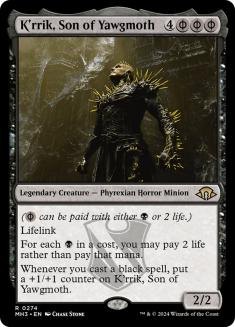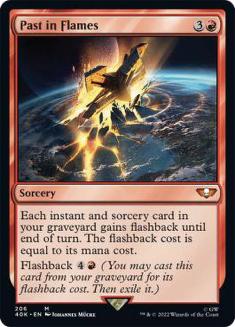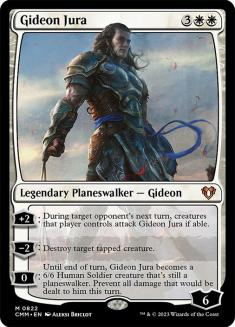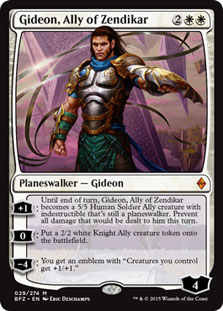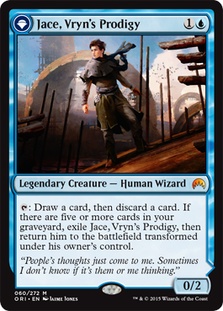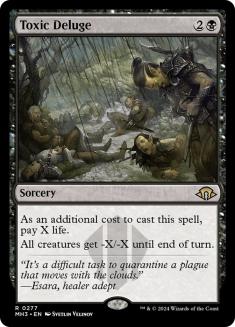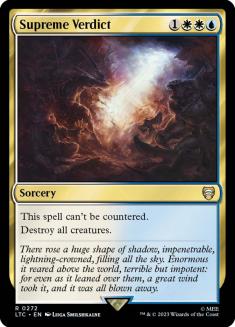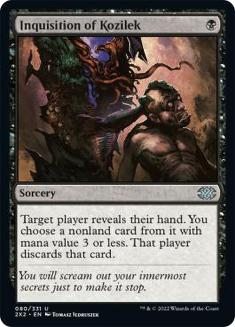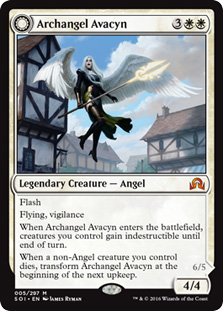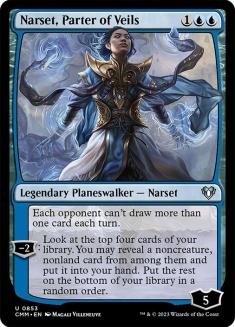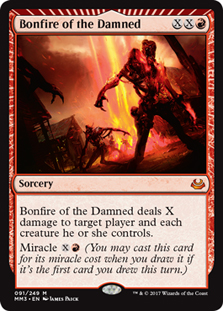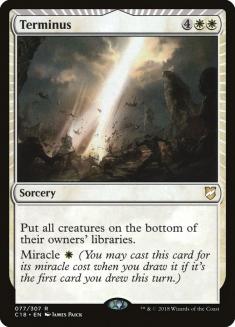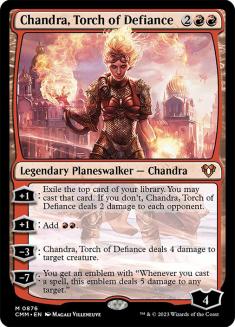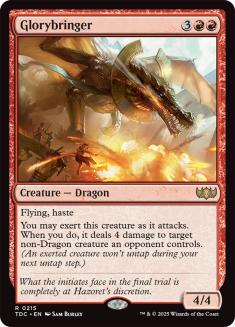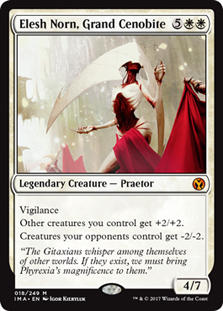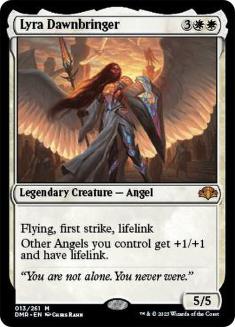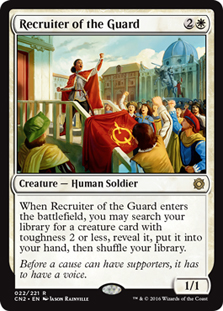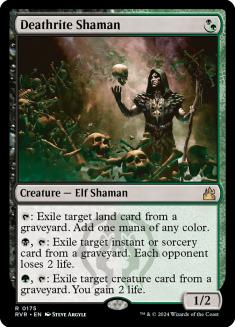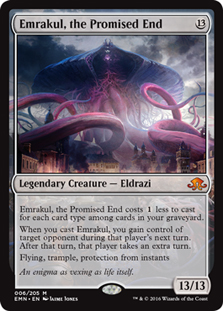Today marks the first day of a new decade, January 1st, 2020. I’d like to take a moment to look back on the last 10 years and the 10 strongest cards of this era. Will most of them actually be from the last year?!
Weirdly, decades end on years ending with 9s, such as Dec 31, 2099, but centuries end on years ending with 00s, like Dec 31, 2100. Millenniums are something of a controversial topic. In theory, Jan 1st of 2001 should have been the beginning of a new millennium; but that didn’t stop everyone from celebrating Jan 1st 2000 so widely, that it kind of became the new agreed upon truth… at least until Jan 1st 2001, when everybody kind of just ran it back.
For the purpose of this list, we’re only talking about cards making their debut since 2010.
This means no Ponder, Thoughtseize, or priceless treasures.
Of course, priceless treasures wouldn’t apply, anyway, as our list actually begins with Worldwake, the first set of 2010.
The consensus best card of the set is sweet, but hasn’t exactly aged well.
One curveball we’ve got to take a swing at today is how to look at the Commander cards and other never-Standard-legal releases.
Take Leovold, Emissary of Trest, for example. He’s particularly strong in powered formats that traditionally involve a lot of card draw spells, but it’s not like the card would be weak in low powered formats. How good should we say he is?
How much play the Commander cards get isn’t exactly the full picture on how strong they are. After all, we’re talking about a bunch of cards that skip Standard, Pioneer, and Modern, and what’s good in those formats isn’t necessarily the weird, narrow stuff that is most rewarded in Vintage and Legacy.
Wouldn’t Breya, Etherium Shaper be absolutely incredible in Standard? You get 6/6 worth of stats across three bodies, including adding three artifacts to the battlefield. On top of that, the flexibility afforded by that activated ability is fantastic, and would also synergize quite nicely with anything making little cantrip artifacts, artifact token creatures, or stuff like Clues, Treasure, and Food.
Likewise, Atraxa may not be what Legacy is about, but a 4/4 flying, deathtouch, vigilance, lifelink creature for four is a pretty great rate for Standard, and then factor in the proliferate every turn ability, and we’re really getting somewhere. It even has good types!
Honorable Mention: Liliana of the Veil
Liliana of the Veil was the first planeswalker to legitimately get into the conversation with Jace, the Mind Sculptor (which used to be a “once every few years” type of experience). Her efficiency and flexibility was rivaled by few ever, and her design has got to be in the running for most purely spike in the game’s history. She’s basically the ultimate Spike card, with options, resource manipulation, attrition, synergy, an enormous amount of play, and incredible at quieting games down and making them about knowable enough of things that someone very dedicated can actually have a handle on most everything.
Honorable Mention: Stoneforge Mystic
Not that many creatures ever get banned, let alone in multiple formats, so it’s kind of crazy to me that Stoneforge Mystic doesn’t even make the Top 10, anymore. It was a superstar from the moment it was printed, but the printing of Sword of Feast and Famine elevated it to legendary levels, helping form one of the most dominant strategies in the game’s history.
Stoneforge Mystic, Jace, the Mind Sculptor, and Preordain all playing on the same team was already enough to average a record of about 73-9. Them getting to pick up Batterskull next season?
This just completely broke the game.
As long as these cards could play together, there was no stopping them. They were so dominant, you could generally ban any one of them, and they would still have been prohibitive favorites.
10. Snapcaster Mage
Snapcaster Mage was infamously largely playtested without flash, due to some miscommunication, which still would have been an extremely strong card. With Flash, however, and now we’re talking about the most absurd Eternal Witness in the game’s history.
The ability to rebuy something for no additional mana beyond its cost is an outrageous thing to attach to a 2/1 flash creature. This card has rightly proven itself a major player in every format and will continue to do so wherever it is legal. Two of the biggest reasons it is so likely to continue to be legal everywhere is because of how much counterplay it affords, and even more importantly, how much it gets people to put creatures in their deck that would otherwise be basically creatureless.
9. Monastery Mentor
When Cedric Phillips sent me Monastery Mentor as a preview card, it was clear that he thought it was one of the best creatures of all-time. I thought the card was amazing, but credit where credit’s due, little did I know, his seemingly hyperbolic ranting would actually materialize. While it was never actually banned, it received an even higher honor, being restricted in Vintage (without being an artifact creature, because honestly, Slash Panther might get restricted in Vintage, someday).
When a non-artifact creature gets restricted in Vintage, you know something’s up. And it’s not like Monastery Mentor was exclusively a Vintage card. It got Sensei’s Divining Top finally banned from Legacy, something Counterbalance could never do on its own. It served as a one-card game plan for Modern and Standard decks, whether maindeck or sideboard. Without question, Monastery Mentor is one of the most fearsome threats the game has ever known.
8. True-Name Nemesis
If True-Name Nemesis was legal in Standard, it would be pretty stupid. Like, isn’t this kind of like the most insane Invisible Stalker ever?
The card would already be problematic if it was just an Invisible Stalker for one more mana with +2/+0 and invulnerable to damage from sweepers. The thing is, True-Name Nemesis can block. In fact, it’s ability to block is so godly, it would radically distort any Standard it was legal in. Hell, the card would be extremely problematic if it were legal in Modern or Pioneer.
Speaking of Pioneer…
7. Dig Through Time and Treasure Cruise
Geeze…
Dig Through Time and Treasure Cruise sure do make it tough. After all, if it weren’t for Pioneer showing us just how much these two cards have benefited from fetchlands, I think they’d have to be slam dunks to be even higher on this list. Personally, I absolutely love their designs and one of my favorite parts about Pioneer is that you can just have cards like this, thanks to the lack of fetchlands.
Yeah, maybe it’s kind of cheating to put them both on the list at number seven. It’s just sometimes you don’t want the list to be all the same thing, because who wants the original five Moxes taking up a third of the Top 15 cards all-time list?
For posterity’s sake, I’d put Dig Through Time just slightly ahead of Treasure Cruise; but it’s crazy, how close it is.
6. Preordain, Gitaxian Probe, Faithless Looting, Once Upon a Time, and Ancient Stirrings
Like I said, who wants the whole Top 10 list to be cheap card draw?
Preordain might be the easiest to defend among all four; but in a way, it might be the most problematic, as it’s basically going to be a problem in any format you stick it in (even if people might not realize it).
Gitaxian Probe, on the other hand, is obviously the least defensible. Why would you do this? This card is completely flawed at it’s foundation, but is somewhat held back by how much it just doesn’t do enough to cause as big of problems as some cards that actually do something, despite how ridiculously free this card is. It may be the most broken, but it goes the least wrong, when it goes wrong, the majority of the time.
Faithless Looting is an interesting case. If we’re going on what card gets banned in the most formats we could imagine, Preordain probably beats it. If we were going on what’s most definitely broken, Gitaxian Probe probably beats it. If we were going on what card got banned the most and the quickest, Once Upon a Time has it beat.
Once Upon a Time is potentially the strongest of the five, but doesn’t promote nearly as unhealthy of things. Still, this kind of library manipulation at this low of an opportunity cost is just too much, so I would not be surprised at all to eventually see it banned in Modern, as it already is in Pioneer and Standard.
Ancient Stirrings is even more busted in decks where it’s better than Once Upon a Time; however, the range of decks where that’s true is smaller. That said, it’s pretty freaking wide, and it still just seems so weird that this card is legal in as many formats as it is.
However, if we just look at what card is most impactful, what card adds the most to decks with it, I think you’ve got to give it to Faithless Looting. It’s frequently the best card in a lot of busted decks, and when you go to the trouble of making the card good, it’s freaking phenomenal. Careful Study was quite strong, and this card is obviously such an upgrade (even if it’s not blue).
That said, if I had to order these five, I’m going:
Gitaxian Probe < Faithless Looting < Once Upon a Time < Preordain < Ancient Stirrings
There’s just too many formats where Gitaxian Probe and Faithless Looting are fine, but Once Upon a Time and Preordain are not.
5. The Titans
It might seem strange, putting the Titans above so many banned cards, but we’re talking about a bunch of fatties that have seen lots of play in every format, including formats where fatties have no business ever showing up. To say that they absolutely dominated and defined Standard would be an understatement. They actually served as a powerful exclamation point on the new world and what the game was to be rebalanced around.
Yeah, Stoneforge Mystic and Snapcaster Mage are incredible in every format, especially powered formats, and Monastery Mentor and True-Name Nemesis are hardly even real Magic cards. However, if you look at the cumulative impact of the Titans and just how many worlds you could drop them into and have them completely warp the format around them, I don’t think it’s hard to see why they get my nod for best creatures of the last decade (really Primeval Titan is the winner, with Inferno Titan next, followed a fair bit later by Grave Titan, then Sun Titan, and eventually, 500 cards later, Frost Titan).
4. Wrenn and Six
Wrenn and Six is one of the fakest designs in the game’s history. This just doesn’t seem like a card they would ever print in a “real” set. It can be easy to underestimate just how unreal powerful it is on account of how few places it’s legal and how little time it has existed. Still, we’re talking about a card that got a free pass to dodge Standard and Pioneer, then got banned in Legacy, leaving just Modern (where it’s a wrecking ball) and Vintage (where it’s a player).
Can you imagine if this card was legal in Standard?
Even if we assumed there was nothing in the Field of Ruin space, let alone Wasteland, this card would still be bonkers. Really, just having Evolving Wilds would be bizarrely strong with this card, and I just don’t see it having a good impact on most possible Standard formats we could imagine dropping it into.
3. Mental Misstep
Few mechanics are as problematic as Phyrexian mana, and Mental Misstep is the most troubled of them all. A zero-mana counterspell that hits so much of the best stuff and with such unparalleled efficiency, all while color-pie bleeding like nobody’s business. It’s not just that this card got banned in basically every format. It even completely dominated Vintage until it was rightly restricted (making a strong claim to being the “best” counterspell in Magic).
Mental Misstep had a profound impact on the game, warping the game around it’s existence, even in matchups where neither player had it (which usually made no sense, since it was so strong, you should generally have played it, no matter what colors or strategies you were playing).
Unlike some powerhouses immediately preceding it, Mental Misstep wasn’t aimed to be as strong as it was, nor was it an act of desperation or a big bet. It just came in a little high on a mechanic that came in a little high and proved extremely unreasonable to balance.
Mental Misstep takes us all the way back to early 2011; but to really get a sense of just how far we’ve come, we’ve got to go back to the year leading up to the start of our list in 2010.
Nowadays, many people might not realize it, but Magic was actually really struggling about twelve years ago. Zendikar and Worldwake were designed without the knowledge of how successful M10 and the New World Order design philosophy would be, or how successful Duels of the Planeswalkers would be (which originally came out months earlier, in June of 2009).
With Magic’s fate very much up in the air, Wizards of the Coast (WotC) started pulling out all the stops. Zendikar had fetchlands and priceless treasures, which included Black Lotus, Moxes, and blue power cards stuffed into packs like lottery tickets. In retrospect, Zendikar was already doing gangbusters in preorder, before anyone even knew about priceless treasures, and they could probably have stood to save that move. Still, the momentum continued to build from M10…
…And yet, Worldwake had been designed without knowledge of all these successes. In an effort to give it everything they could, Worldwake had crazy strong dual creature-lands and a planeswalker designed to be better than all.
2. Jace, the Mind Sculptor
When it comes to overall impact on the game, I think you could definitely argue a case for Jace, the Mind Sculptor to be number one.
- The first $100 card still in print.
- The first planeswalker with four abilities.
- The first planeswalker to get banned (which along with Stoneforge Mystic, was the first Standard banning in seven years).
- The first card since Necropotence to completely take over every format at the same time (and did so more successfully than Necropotence).
Jace, the Mind Sculptor is what happens when you design a card to be a perfect ten, give it a little extra juice late to ensure it’s an eleven, and then accidentally come in high and find out it’s a twelve.
So, how is it not number one?
1. Oko, Thief of Crowns
Oko, Thief of Crowns, on the other hand, makes no sense.
Oko’s design is reasonable enough, but the development of this card is historically off. I mean, yeah, it’s not as off as Tolarian Academy, but on the all-time list, there are few cards ever made that were off by as much as Oko, Thief of Crowns. I would argue even Skullclamp isn’t off by as much as Oko.
While Oko, Thief of Crowns is kind of an intense card to be strong, in the first place, invalidating most textboxes; it’s not like Jace, the Mind Sculptor isn’t a little dubious of a package of repeated bounce and a fairly unassailable way to lock people out of the game, removing what hope they once had from their draw step.
Besides, Oko has a lot of knobs and could have been balanced around a lot better of principles. Obviously, you could substantially reduce the problems with the card if you just made it unable to hit opposing creatures or artifacts, though I’m not sure that’s the best way to balance the card. It’d still be a fairly repetitive experience, and the loyalty is so crazy high, it might still be problematic unless you also pulled back a bit on it’s starting loyalty or some such.
Personally, I would have been interested in seeing a version with 3 starting loyalty (instead of 4) that can hit your opponent’s stuff; but with that middle ability being a -2 ability instead of a +1 ability. As it stands, I’m not sure what format is better from having Oko in it, besides Vintage. We’ll see, but I think time will tell a tale of Oko wrecking havoc in every format he’s legal in; mostly because of a combination of the words on the card and the numbers.
I think it’s kind of fascinating that the two strongest cards of the last decade were in its very first and very last sets. It took ten years for them to finally make a card arguably stronger than Jace, the Mind Sculptor (and even this head-to-head is a challenging one to call, as I can imagine a lot of formats where Jace is better).
Runners-Up
18. Griselbrand
16. Lingering Souls
13. Veil of Summer

